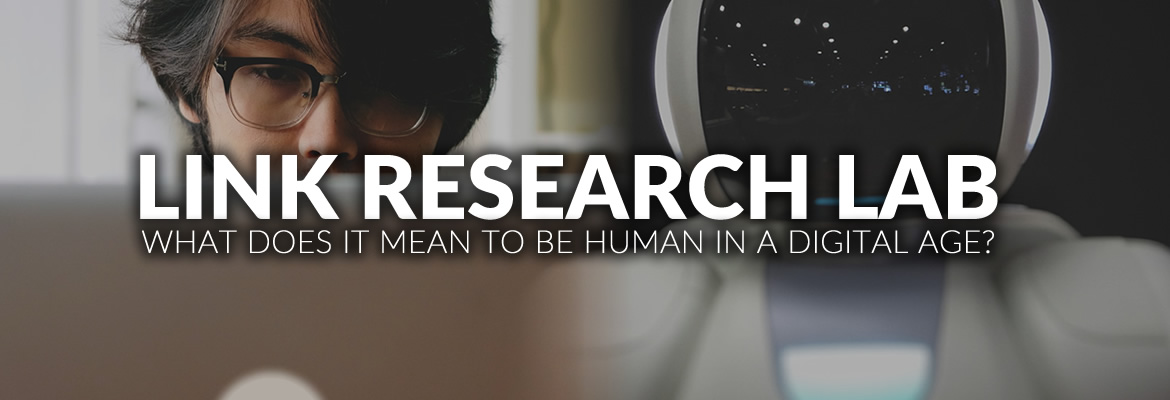After much speculation as to what their Virtual Reality plans would be, Facebook finally announced what most assumed would be the answer: Facebook Spaces. The basic idea is that you recreate yourself as a cartoon and then connect with people in VR to interact, share VR experiences, and take VR selfies of, well, your cartoon you. Spaces seems to only work with Occulus Rift + Touch, and there is even a kind of cool but creepy VR camera you can look forward to bringing your messy bedroom or kitchen table into VR. Wonder how long until we see this camera on tele-presence robots? Or floating in the air training Jedis how to fight with light… or not. On the other side of the VR world is the release of Tabel by Google, an immersive VR movie. It sounds cool, but since it is only for Cardboard right now, I only get errors on my iPhone. Will VR make movies immersive? Hard to say. I could see people really wanting to watch something like Star Wars in VR, but it would be expensive to make a movie like that immersive while also basically keeping the focus on main narrative. Maybe it will lead to a different types of less linear movies like Tabel? Who knows. Maybe people won’t really care that much for it. But both projects reveal a future vision of VR that takes some part of everyday life (movies, video chats, event planning, etc) and makes them more immersive, 3-dimensional, and realistic. Well, depending on your feelings about cartoons without legs.




